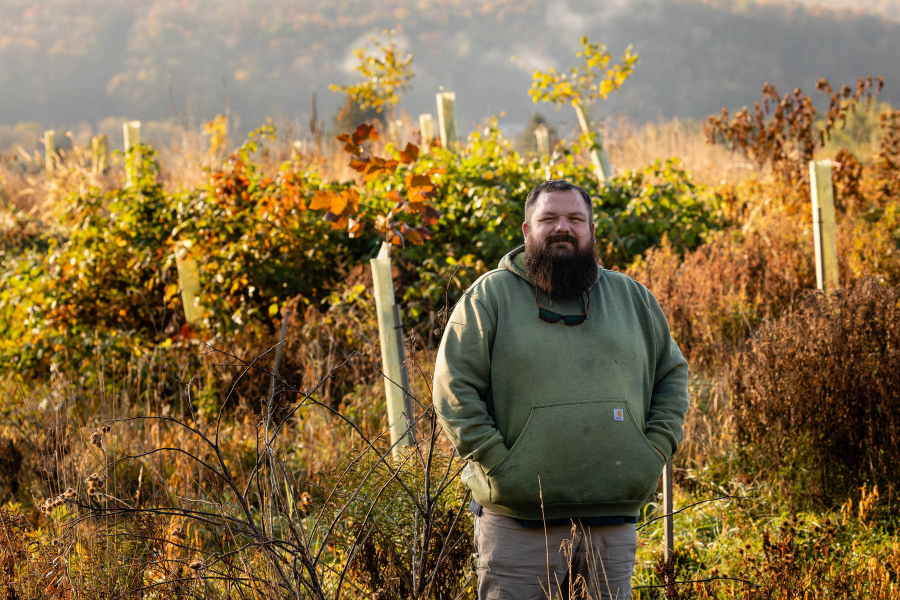Twenty years later, the restoration efforts on a New York farm help secure its future
The Otsego County Soil and Water Conservation District goes virtual to tour impactful conservation practices

The Otsego County Soil and Water Conservation District goes virtual to tour impactful conservation practices

Comments
Another great article and pics. Thanks so much!
Thank you!
Your comment has been received. Before it can be published, the comment will be reviewed by our team to ensure it adheres with our rules of engagement.
Back to recent stories